In every field, he reached the peak, leaving a deep impression in the hearts of the public. On the occasion of the 100th anniversary of his birth (November 15, 1023 - November 15, 2023), Van Cao's fans have the opportunity to remember a particularly talented artist, a giant of Vietnamese literature and art.
The multi-talented artist
Musician Van Cao's full name is Nguyen Van Cao, born on November 15, 1923 in Hai Phong, in a family of civil servants. As a child, Van Cao studied at Bonnal Primary School, then went to Saint Josef High School, where he began to study music.
Speaking about Musician Van Cao, Associate Professor, Doctor Do Hong Quan, Chairman of the Vietnam Union of Literature and Arts Associations, affirmed: Van Cao is a great musician, a master artist in many fields of art: music, poetry, painting...
Musician Van Cao is considered the "Old Tree" of Vietnamese art. His songs have accompanied the most important years of the country, spanning from the early period of modern music to love songs born in the fires of war and even the years of peace. Photo: VNA
In the field of music, Van Cao was a talented musician, a giant of our country's professional music. His first song "Buon tan thu" was composed in 1939, when he was only 16 years old. From 1941 to 1943, he successively released lyrical and romantic songs such as "Thien Thai", "Ben xuan", "Thu co lieu", "Cung zither xua", "Dan chim Viet", "Suoi mo", "Truong Chi"...
From the early 1940s, especially when he left Hai Phong for Hanoi, Van Cao had a new musical voice, strong, resilient, and oriented towards national history, such as: Go Dong Da (1940), Ho keo go Bach Dang Giang (1941)... these can be considered transitional songs to prepare for a new genre in Van Cao's music - the march genre.
At the end of 1944, Van Cao met Vu Quy - a revolutionary cadre and was persuaded to join the Viet Minh. With the first task of composing a song, Van Cao wrote the first marching music during the days living in the attic at 171 Mongrant Street and named the work "Tien Quan Ca". The song was printed on the literature page of the Doc Lap Newspaper in November 1944. On August 13, 1945, President Ho Chi Minh officially approved "Tien Quan Ca" as the National Anthem of the Democratic Republic of Vietnam. Musician Van Cao became the author of the National Anthem of Vietnam, and at the same time was one of the most important figures of modern music, one of the most outstanding musicians in the Vietnamese music scene during this period.
After “Tien Quan Ca”, Musician Van Cao also composed many revolutionary marches such as “Chien Si Viet Nam”, “Cong Nhan Viet Nam”, “Kong Quan Viet Nam”, “Thang Long Hanh Khuc Ca”, “Bac Son”, “Tien Ve Ha Noi”... During this period, he also wrote lyrical songs with an optimistic spirit, imbued with patriotism and love of life such as “Lang Toi” (1947), “Ngay Mua” (1948). He also composed long poems, with the most outstanding work being “Thang Ca Song Lo”.
In addition to songs, later, he also wrote a number of instrumental works for piano such as "Tuyen River", "Night Sea", "Far Coconut Trees"...; composed film music for the feature film "Chi Dau" (1980), symphonic suite for the documentary film "Anh Bo Doi Cu Ho" of the People's Army Film Studio...
In the Spring of 1975, after the great victory of the nation, liberating the South and unifying the country, Musician Van Cao composed the song “The First Spring”. According to the confession of Musician Van Cao during his lifetime, if “Tien Quan Ca” is the song that sends soldiers to battle, “The First Spring” is the song that welcomes soldiers back with a desire for reunion and grouping.
According to Professor Phong Le, besides being a great musician, talking about Van Cao is also talking about a great poet - because he is the author of many poems that have "nested" in the hearts of many generations of readers. Some of his poems were remembered and memorized by readers before 1945 such as "Que long", "Dem mua", "Ai ve Kinh Bac", "Mot dem zither lanh tren song Hue"... In particular, in the poem "Chiec xe xa dua du qua phuong Da Lac" written by him at the right time in August 1945, it recorded very promptly the tragedy of two million Vietnamese people starving to death.
Besides the individual poems, Van Cao also had a collection of poems called “Leaves” written quietly during the difficult years due to the humanitarian events - the periodical that he was involved in, lasting from 1956 to 1986. After poetry, there was also literature - prose, with short stories, some of which were published in “Saturday Novel” - in 1943, such as “Moving House”, “Hot Water Heater”... contributing a unique color to the late-season realist literary trend with Bui Hien, Manh Phu Tu, Kim Lan, Nguyen Dinh Lap...
Van Cao also had a remarkable career in painting. At the age of 19, he intermittently attended the Indochina College of Fine Arts. At the age of 20, he had notable paintings such as “The Puberty Girl”, “Repentance”, “Midnight”, “Growing Up in the Resistance”, “Thai Ha Hamlet in the Rainy Night”. In particular, the work “The Dance of the Suicides” was highly appreciated and caused a stir in public opinion. Later, he had a number of famous works, such as: “Portrait of Mrs. Bang”, “Village Gate”, “Nguyen Du Street”, “The Red Guitar”, “The Girl and the Piano”...
According to Professor Phong Le, it was Van Cao’s talented artistry that “saved” him during those difficult years. He made a living by illustrating for newspapers, books, and making book covers. “In those years, any author whose cover Van Cao drew was very happy and proud, because of the creativity and talent through a single word Van on a small corner of the cover page,” Professor Phong Le recalled.
Rare phenomenon in the history of Vietnamese literature
According to Journalist, Music Critic and Theorist Tran Le Chien, Member of the Executive Committee of the Hanoi Union of Literature and Arts Associations, Van Cao's artistic creation journey is closely linked to the history of the nation, accompanying the nation. Each of his works records important marks of value in terms of ideology, style and art that are distinct and unmistakable. Those works have transcended time, passed on and spread to many generations of artists and audiences at home and abroad, making their names shine brightly in the Vietnamese culture and art.
“Van Cao’s life and career have gone through many ups and downs with many twists and turns and struggles of life. His works in all three fields: music - painting - poetry have been tested and filtered by time, those works still last forever, because they are true artistic values - art for humanity”, shared music critic Tran Le Chien.
Talking about Van Cao, Writer Ta Duy Anh emphasized: Vietnamese history has reserved for Musician and Artist Van Cao an extremely special and unique position. Special, because he is not only a figure with a long-lasting cultural influence, but also a figure who always has the ability to revive in the memories of millions of people a heroic and tumultuous era of the country. Unique, because no musician of his time has had such a strange and attractive fate as he. Unique, because even when he is no longer in this world, he still accompanies us in all joys and sorrows. But above all, he is a patriot, loves people, loves his homeland, loves the Vietnamese language, loves the Vietnamese soul and loves beauty...
Associate Professor, Doctor Nguyen The Ky, Chairman of the Central Council for Theory and Criticism of Literature and Art, affirmed that Musician, Painter, Poet Van Cao is an exceptionally talented artist, a giant of Vietnamese literature and art.
According to Associate Professor, Doctor Nguyen The Ky, many great culturalists, theorists, cultural and literary critics, and famous artists all share the same opinion that Van Cao is a great artist, with many groundbreaking creations, leaving diverse and deep impressions in the hearts of the public. He has made very important contributions in many aspects to the country's culture and literature. With diverse, unique, multi-dimensional talents, smoothly integrating thinking, aesthetics, and writing style; between the reality of life, perception, cognition, and expressive art; between music - painting - poetry, Van Cao is affirmed by many people to be a "very special and rare phenomenon" in the history of modern Vietnamese literature.
Commenting on Van Cao’s valuable artistic career, many people praised him as a multi-talented artist who liked to “wander” through different artistic “regions” of music, painting, and poetry. Although he did not stick with any genre continuously and for a long time, in all three “regions”, he left many pioneering creations - opening the way for himself and for those who came after him. Van Cao’s compositions, especially music and poetry, although not abundant in quantity, left a strong impression in quality, having the effect of opening up, orienting, and laying the foundation for the development of modern Vietnamese literary and artistic life. Specifically, the most obvious are the genres of love songs, epics, epics in music, and epics in modern Vietnamese poetry.
Van Cao's 72-year life was closely associated with the turbulent 20th century. On that journey of life, although there were many difficulties and storms, overcoming all, the exceptionally talented artist Van Cao always accompanied the nation and the people, creating immortal works. He made great contributions to the country's culture and arts in all three fields: music - poetry - painting. He was awarded noble awards by our State: Ho Chi Minh Medal, First Class Independence Medal, Third Class Independence Medal, First Class Resistance Medal, Ho Chi Minh Prize for Literature and Arts (first term, 1996). His name was also given to many streets in Hanoi, Ho Chi Minh City, Hai Phong, Nam Dinh, Thua Thien - Hue, Da Nang...
According to VNA/Tin Tuc Newspaper
Source




![[Photo] Unique folk games at Chuong Village Festival](https://vstatic.vietnam.vn/vietnam/resource/IMAGE/2025/4/10/cff805a06fdd443b9474c017f98075a4)

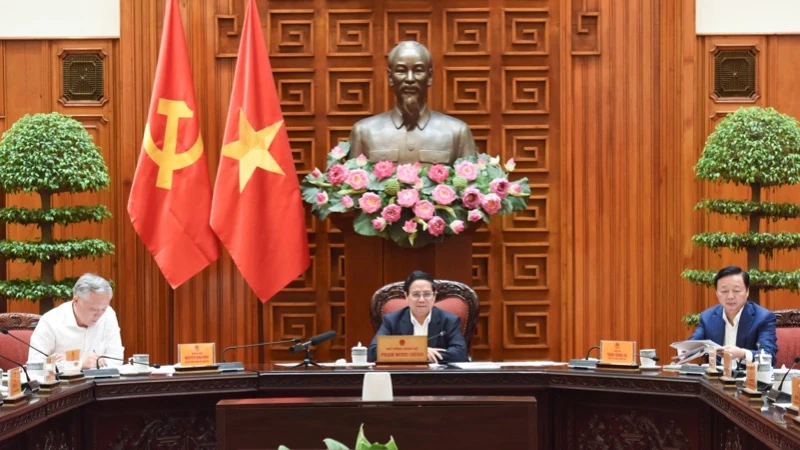
![[Photo] Prime Minister Pham Minh Chinh chairs meeting to discuss tax solutions for Vietnam's import and export goods](https://vstatic.vietnam.vn/vietnam/resource/IMAGE/2025/4/10/19b9ed81ca2940b79fb8a0b9ccef539a)
![[Photo] Phuc Tho mulberry season – Sweet fruit from green agriculture](https://vstatic.vietnam.vn/vietnam/resource/IMAGE/2025/4/10/1710a51d63c84a5a92de1b9b4caaf3e5)
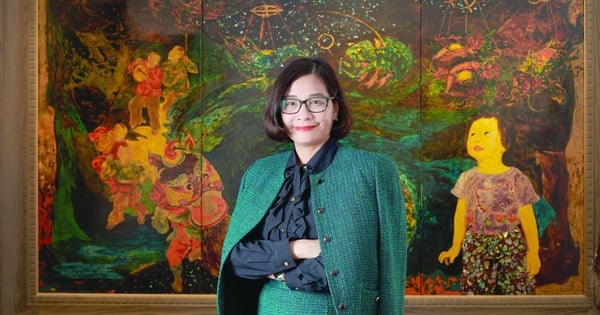

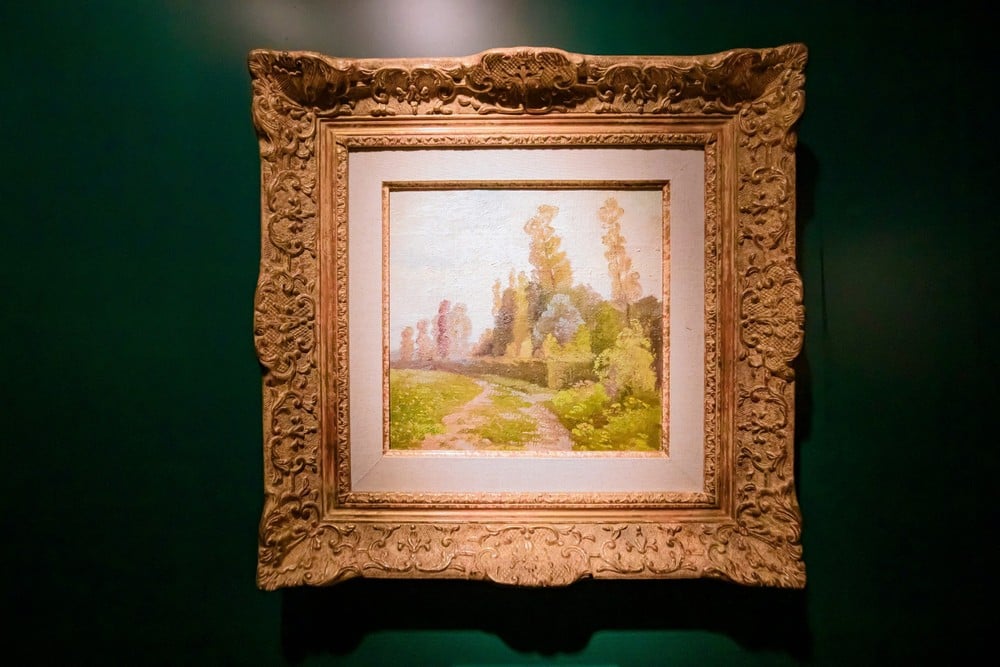

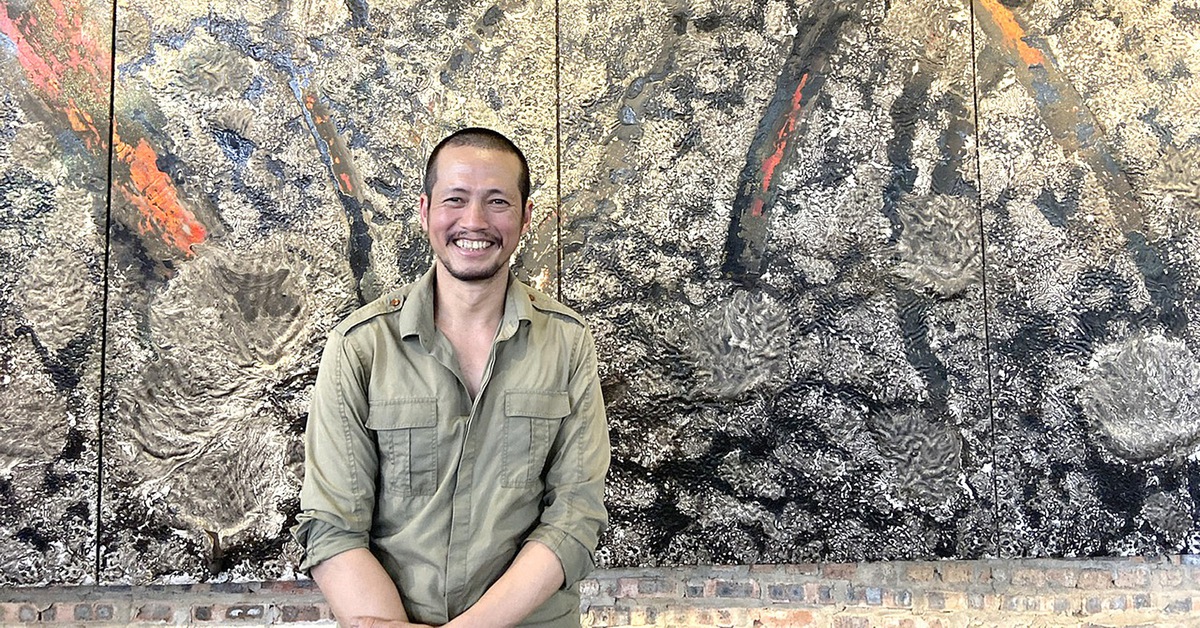

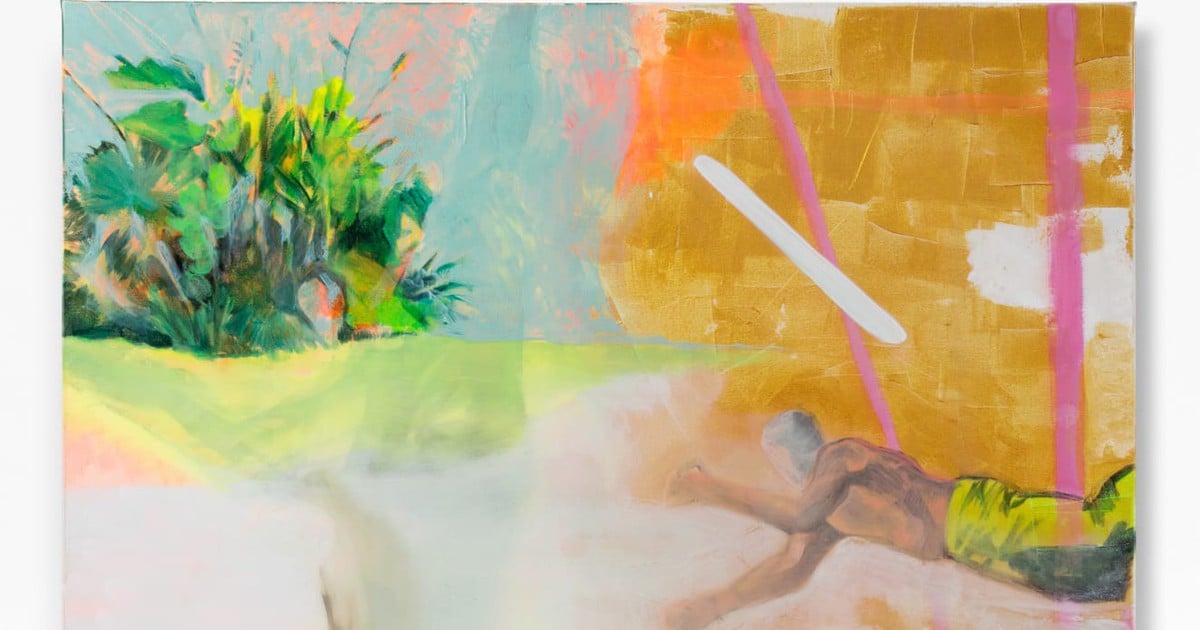

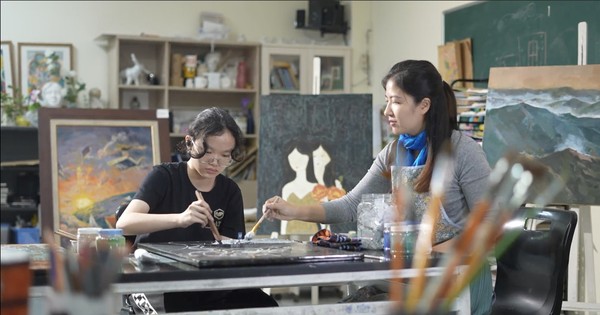
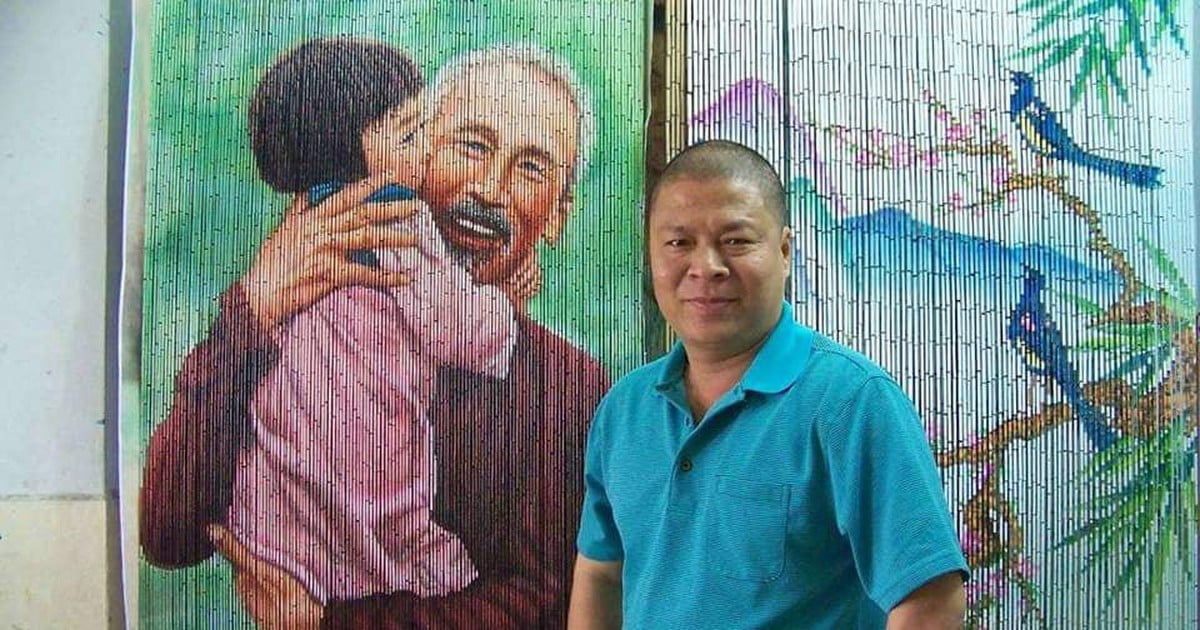
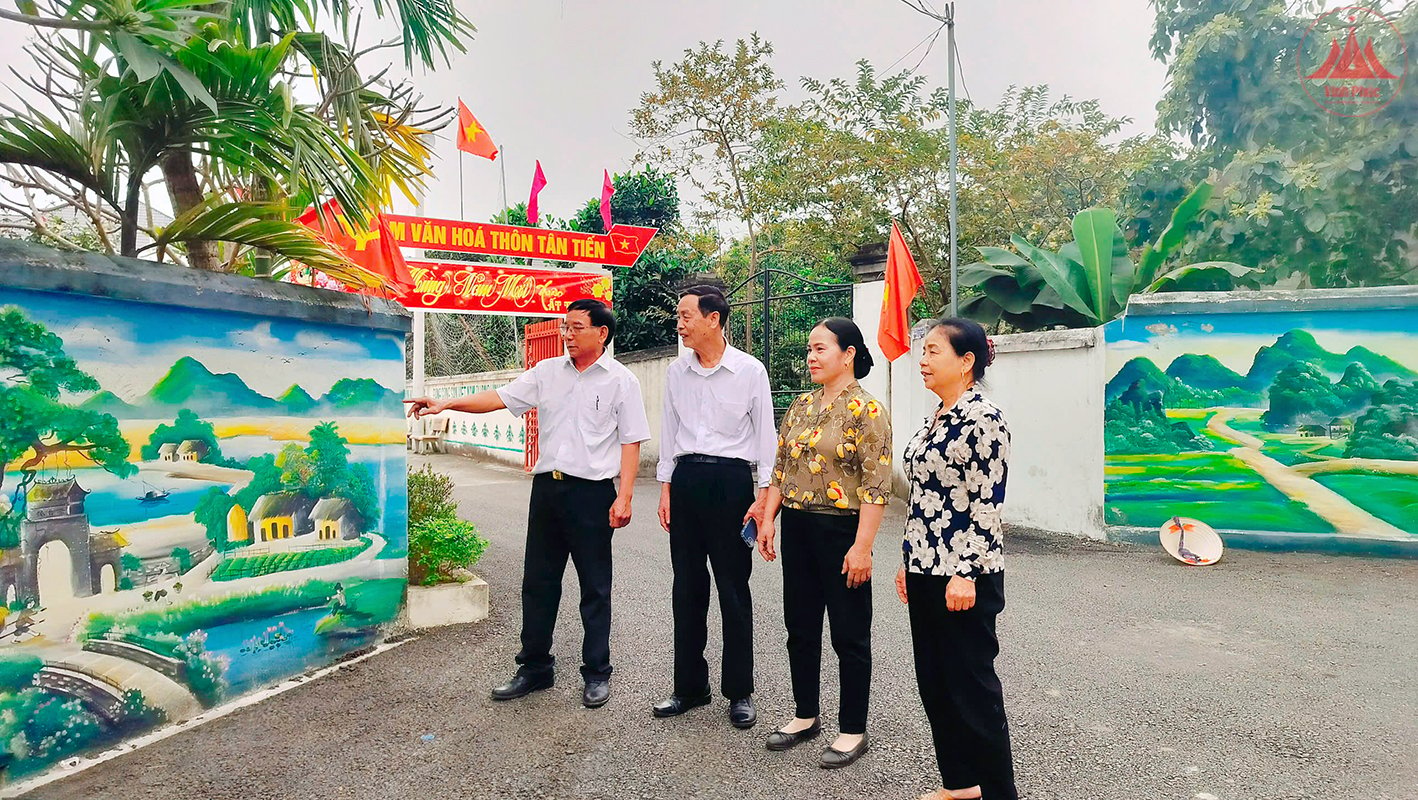
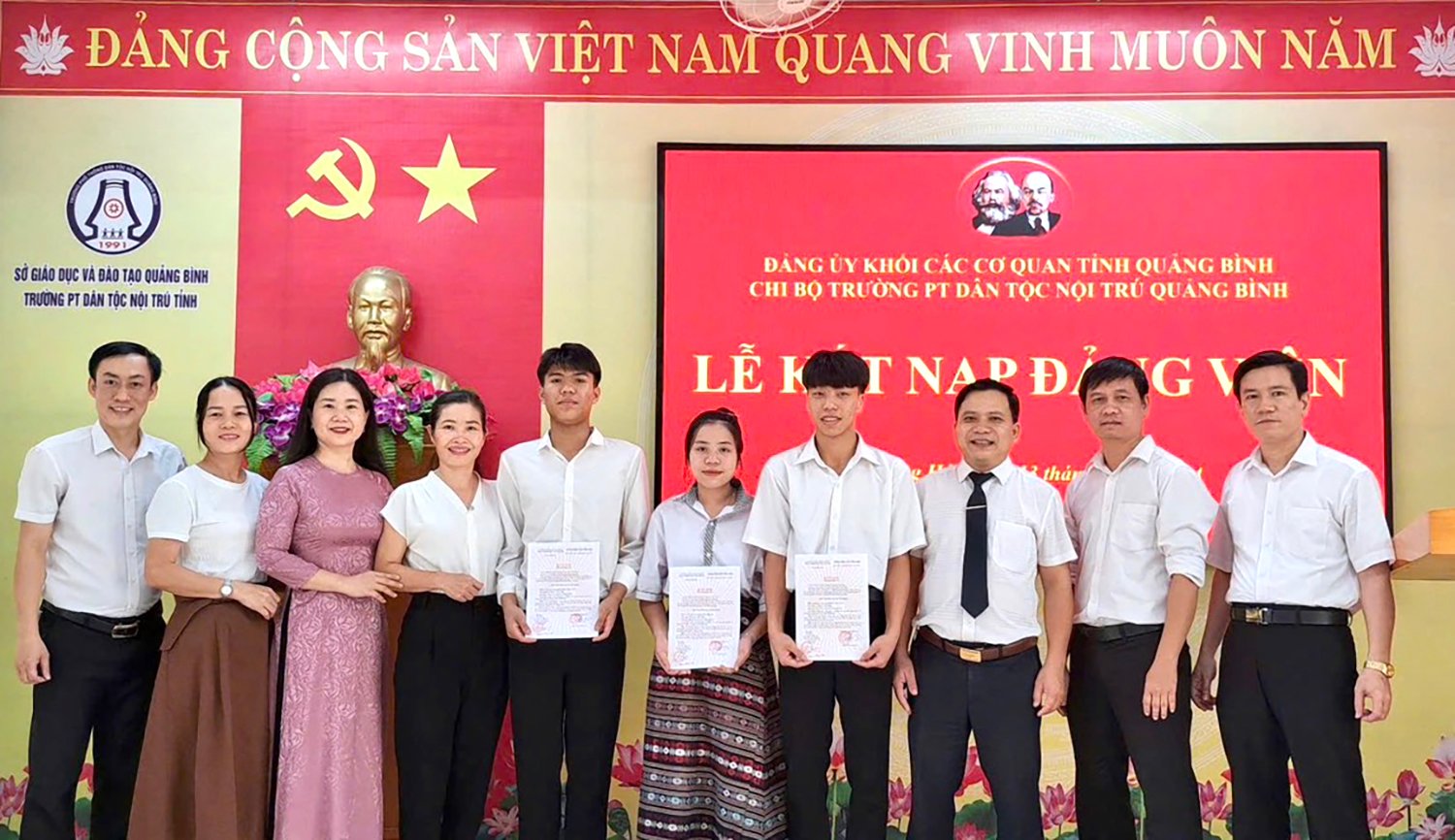
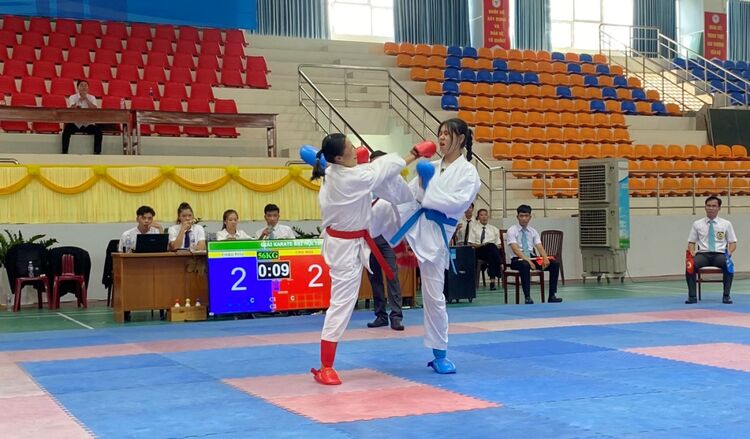


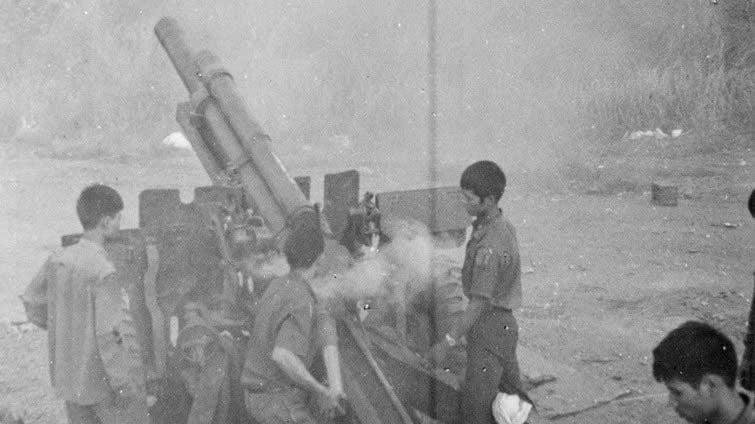




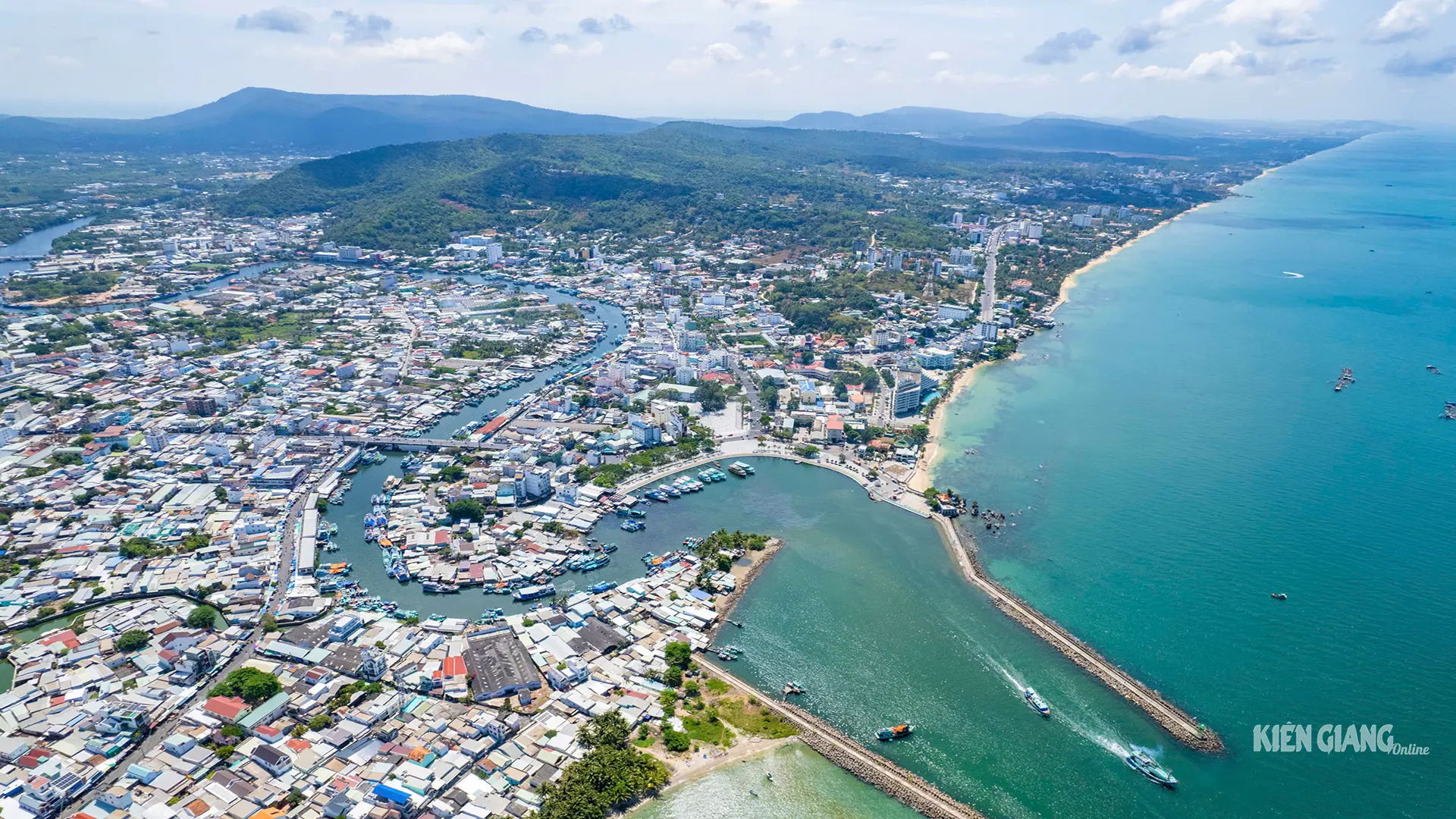
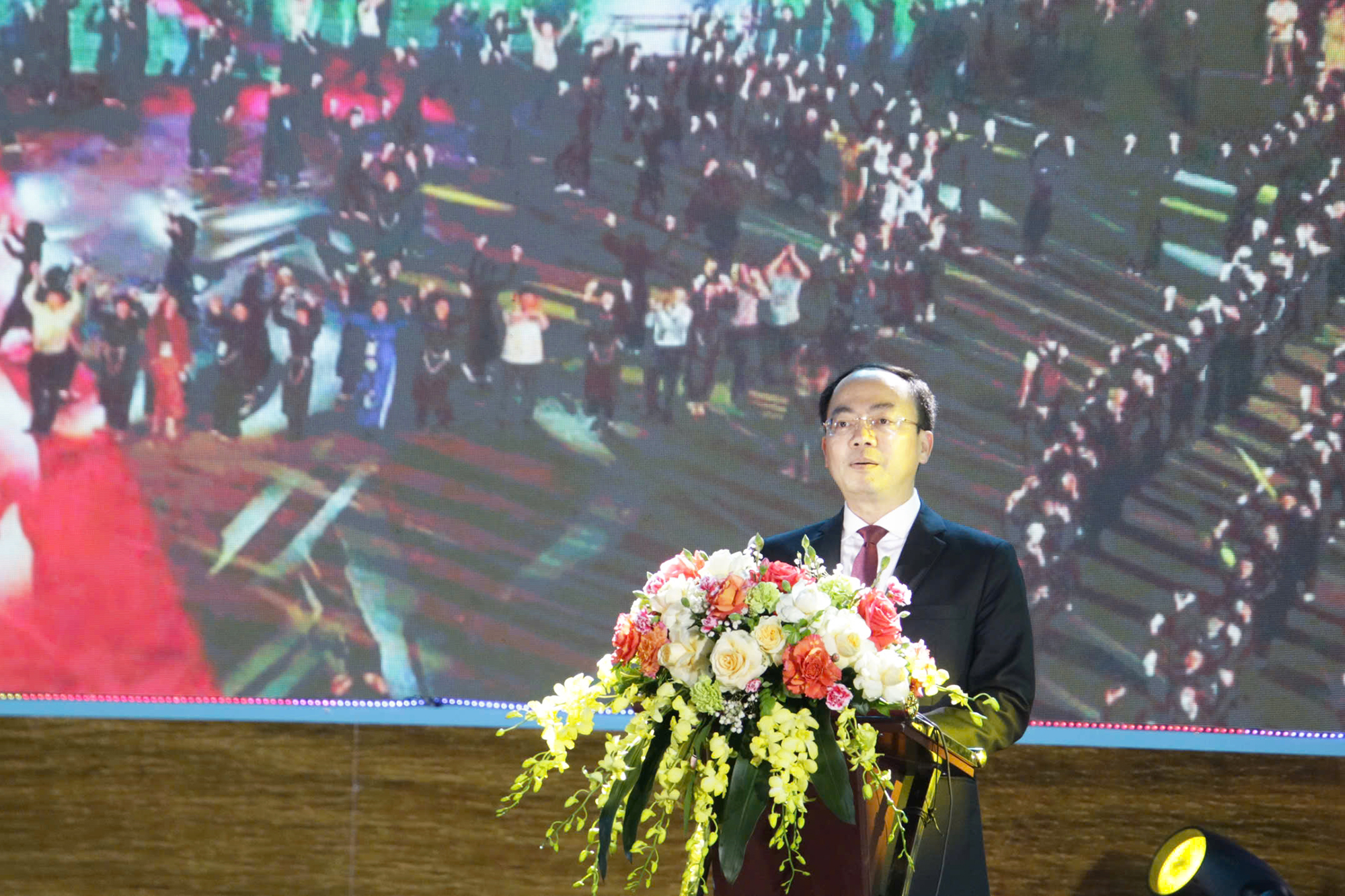
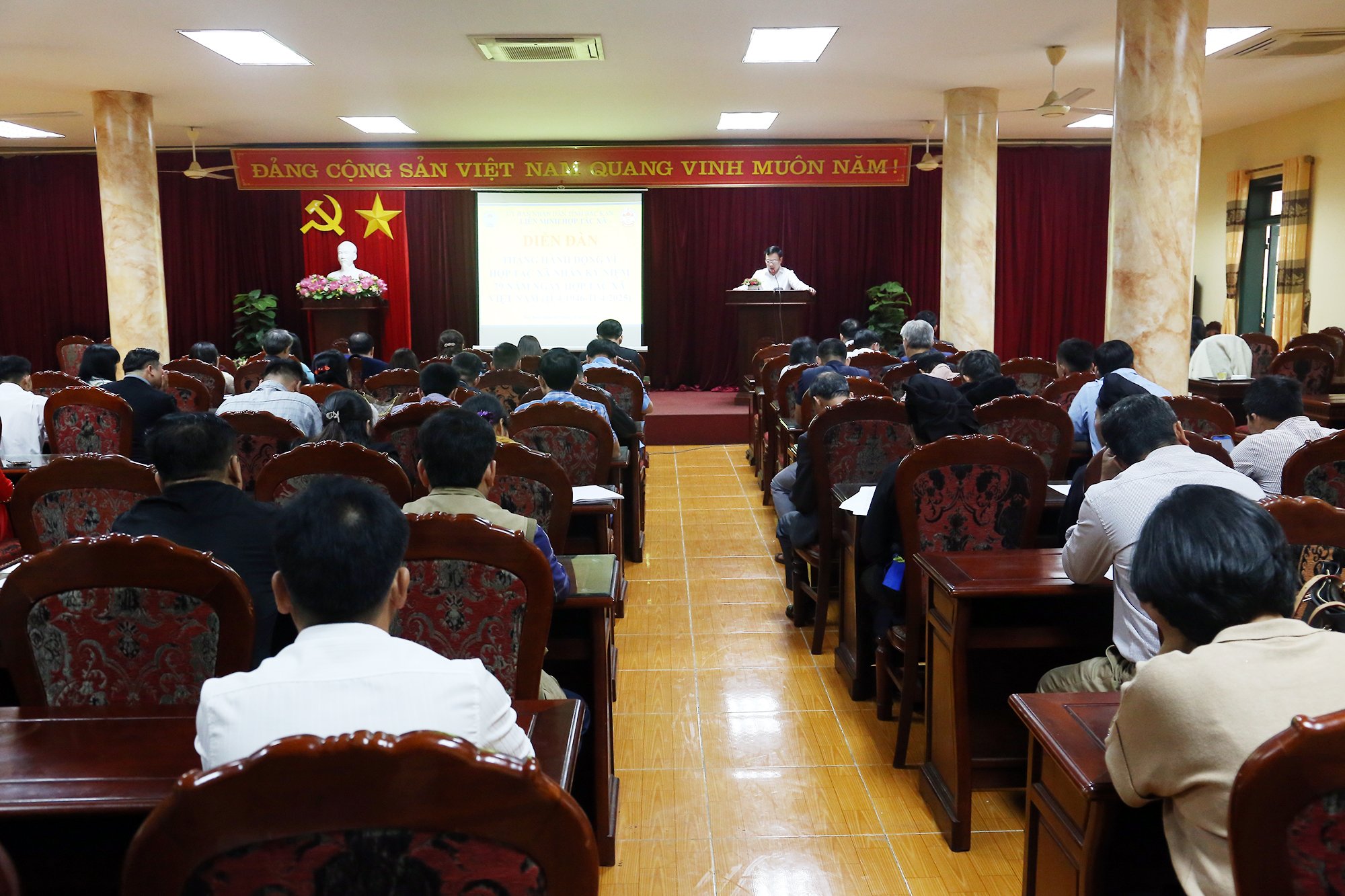
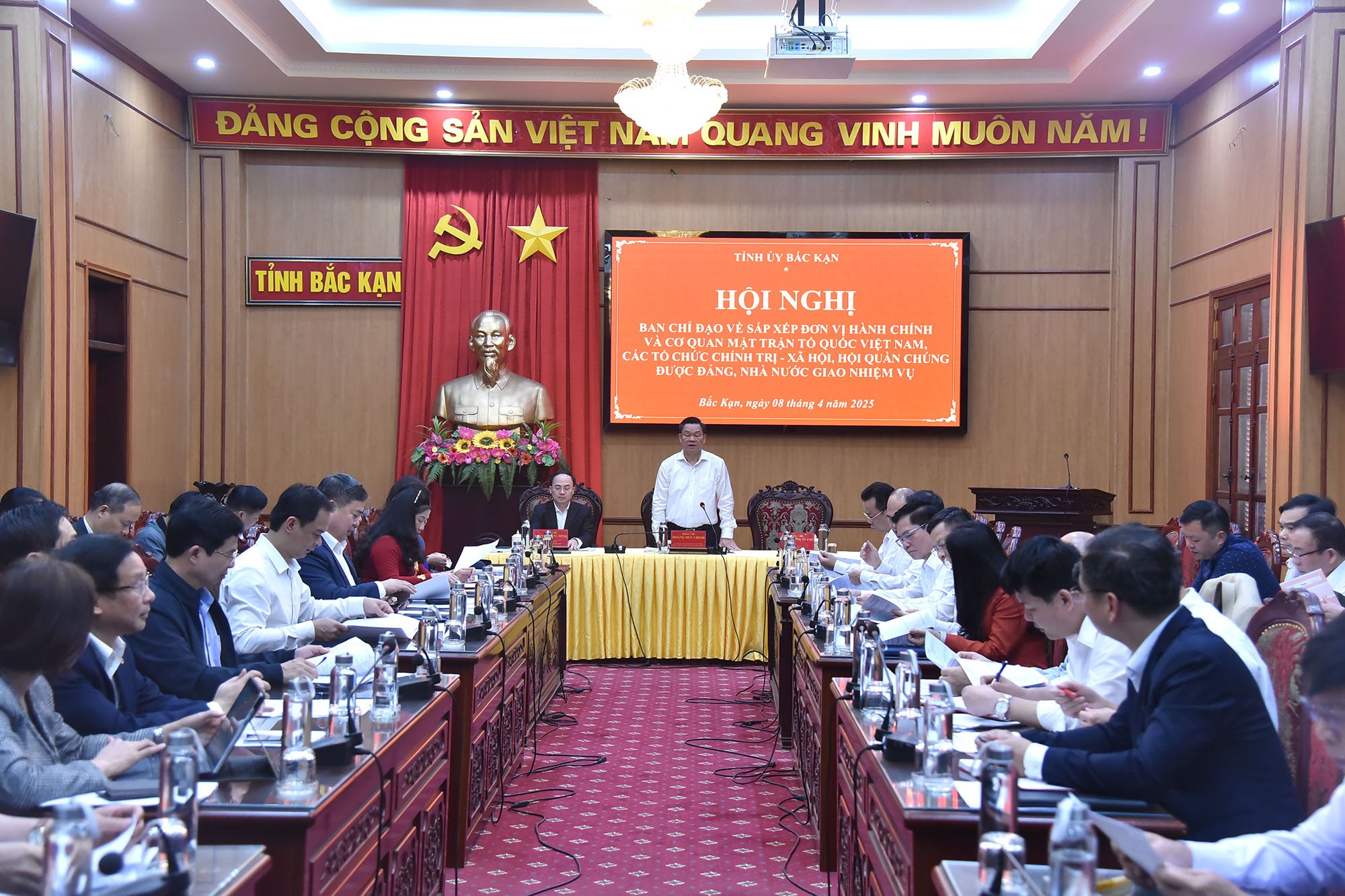
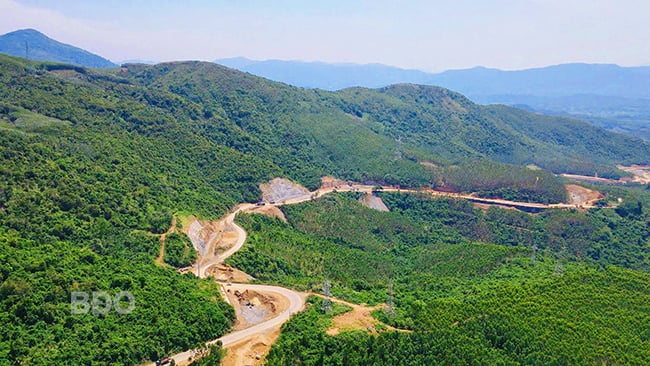
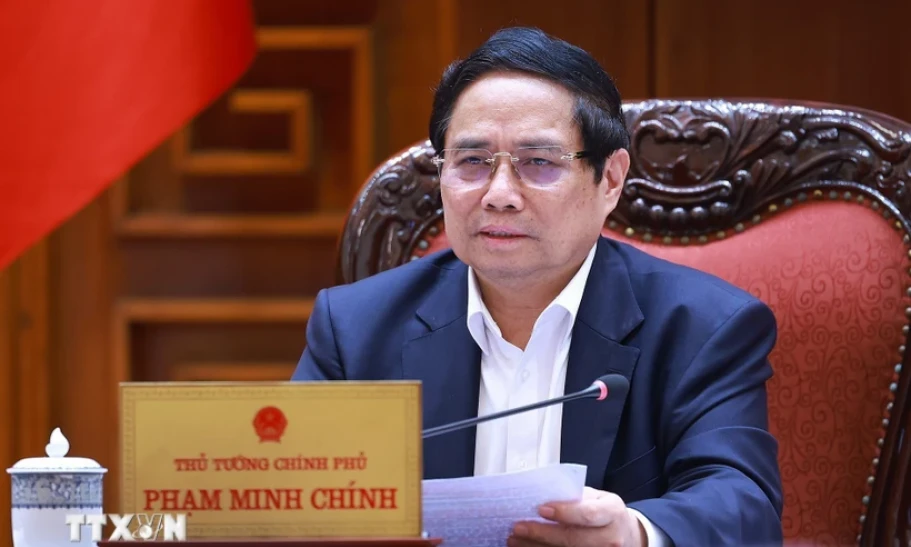




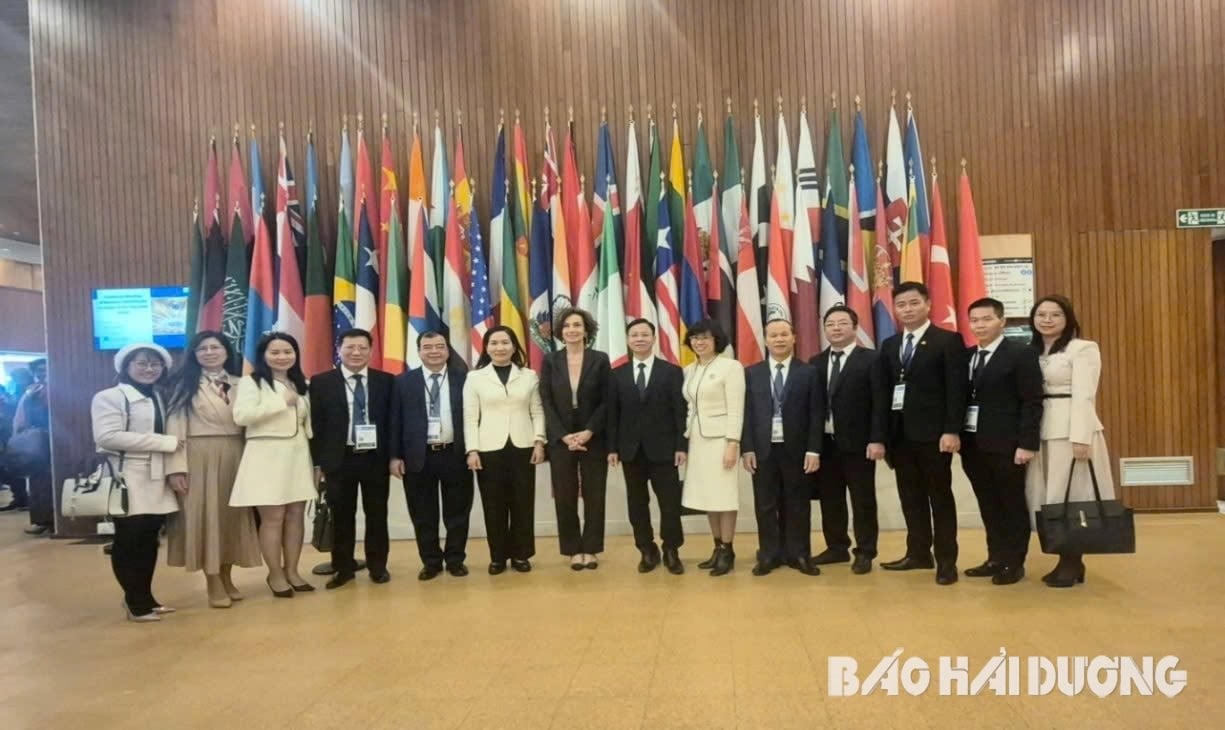








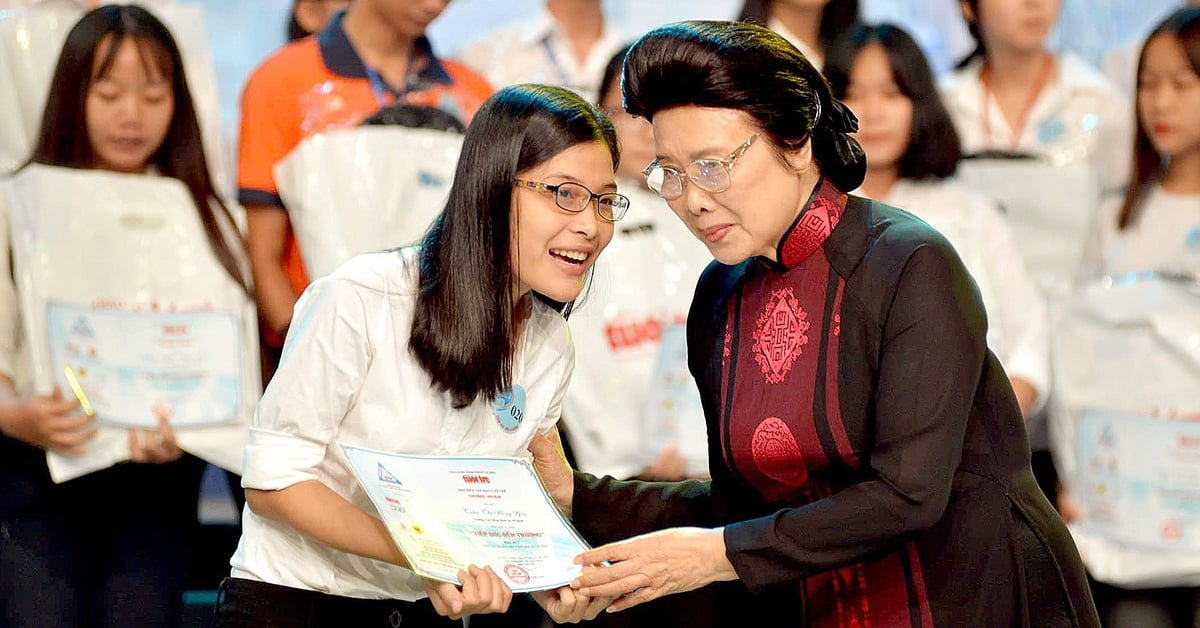











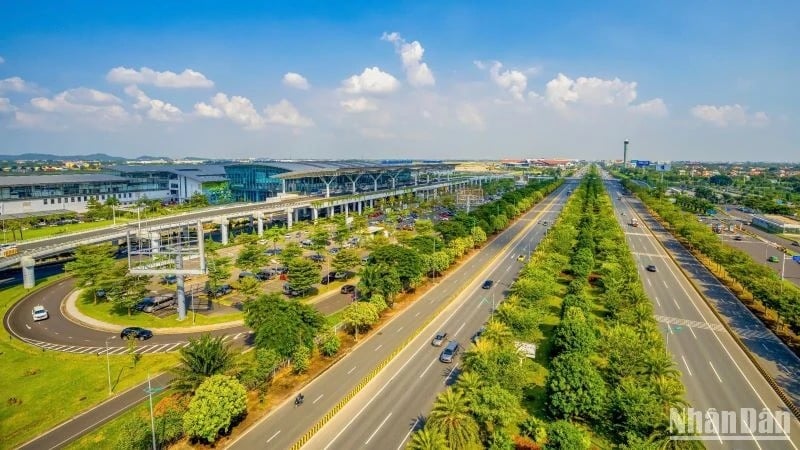




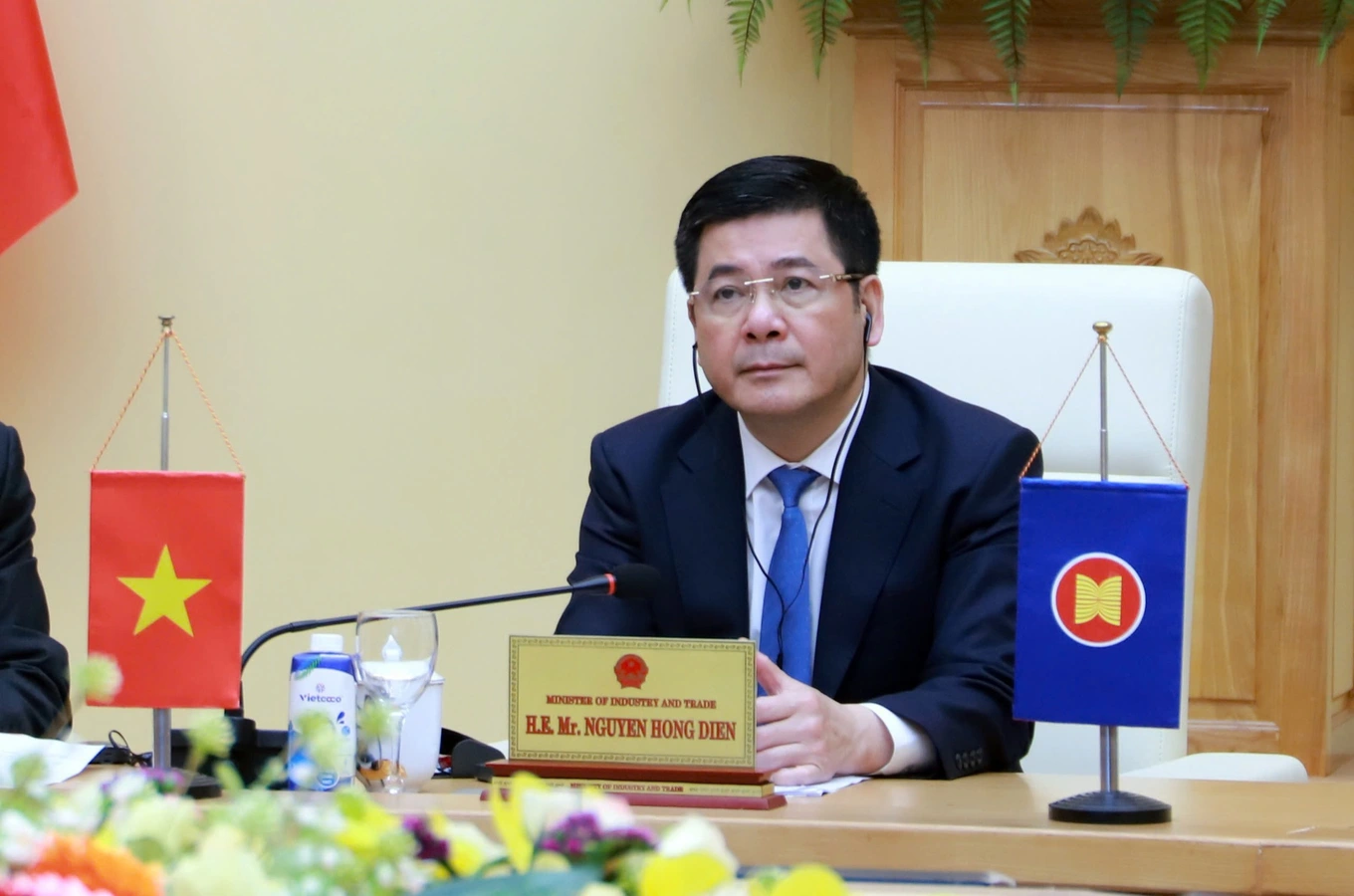



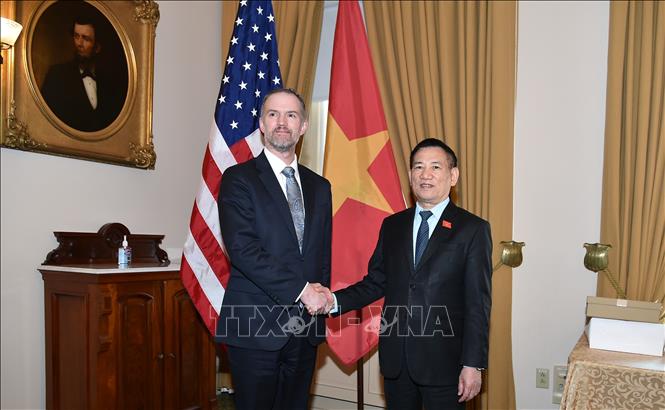

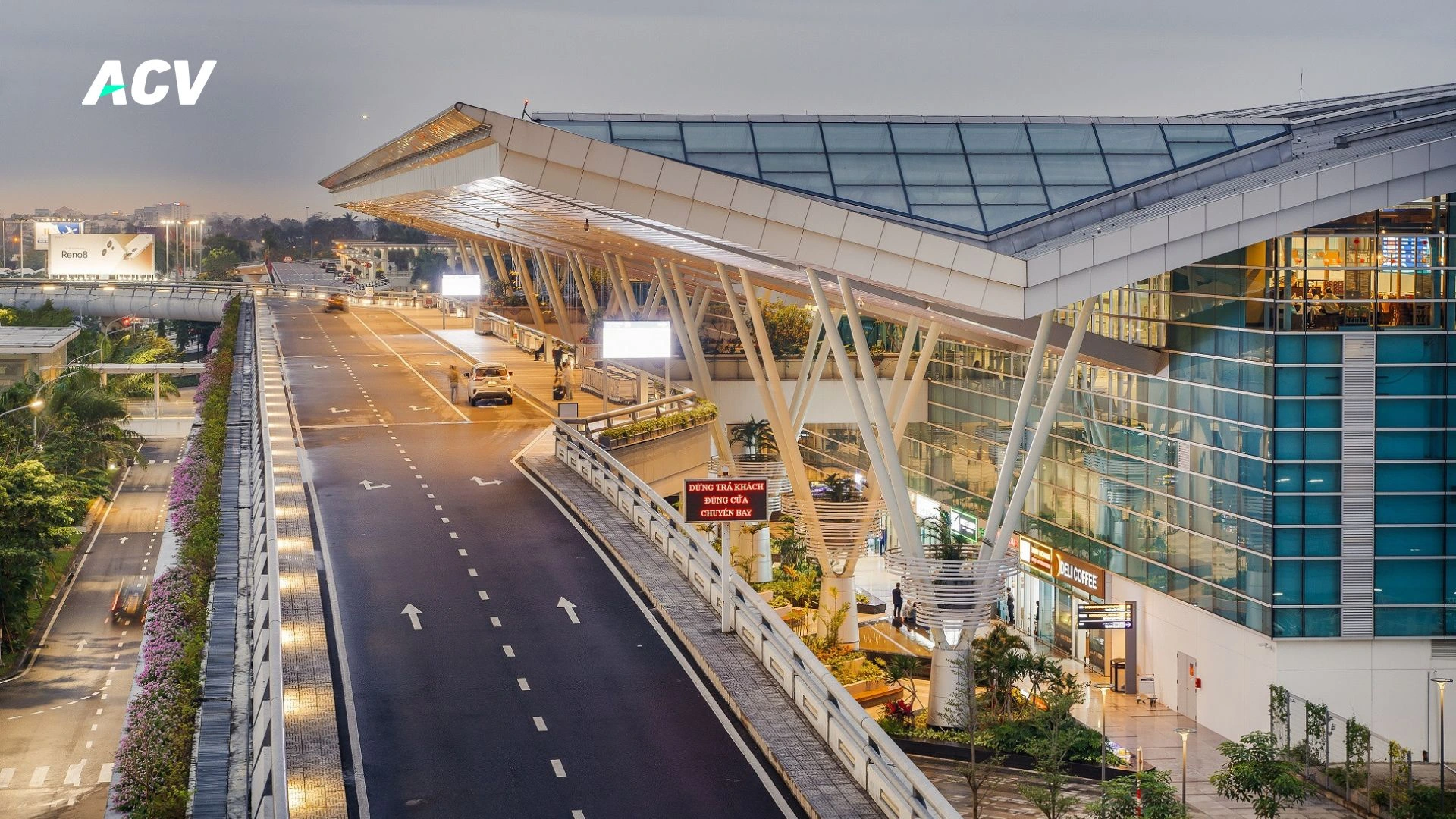
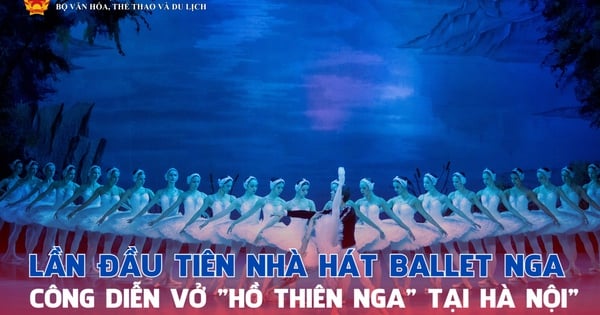

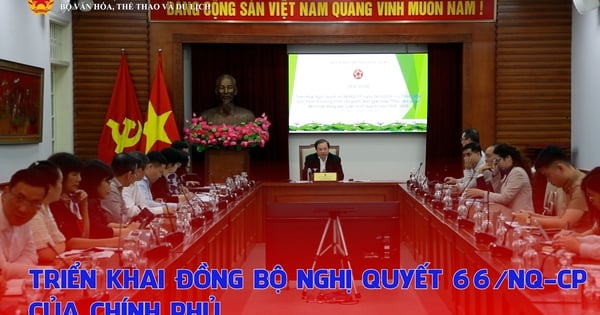
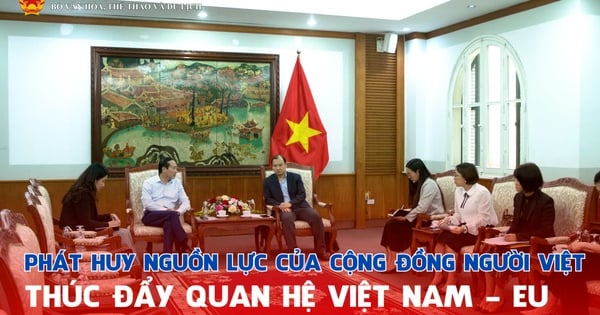


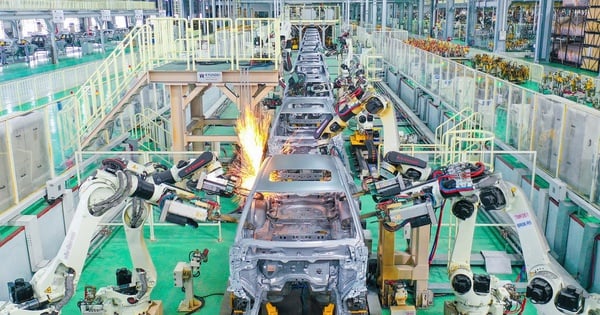



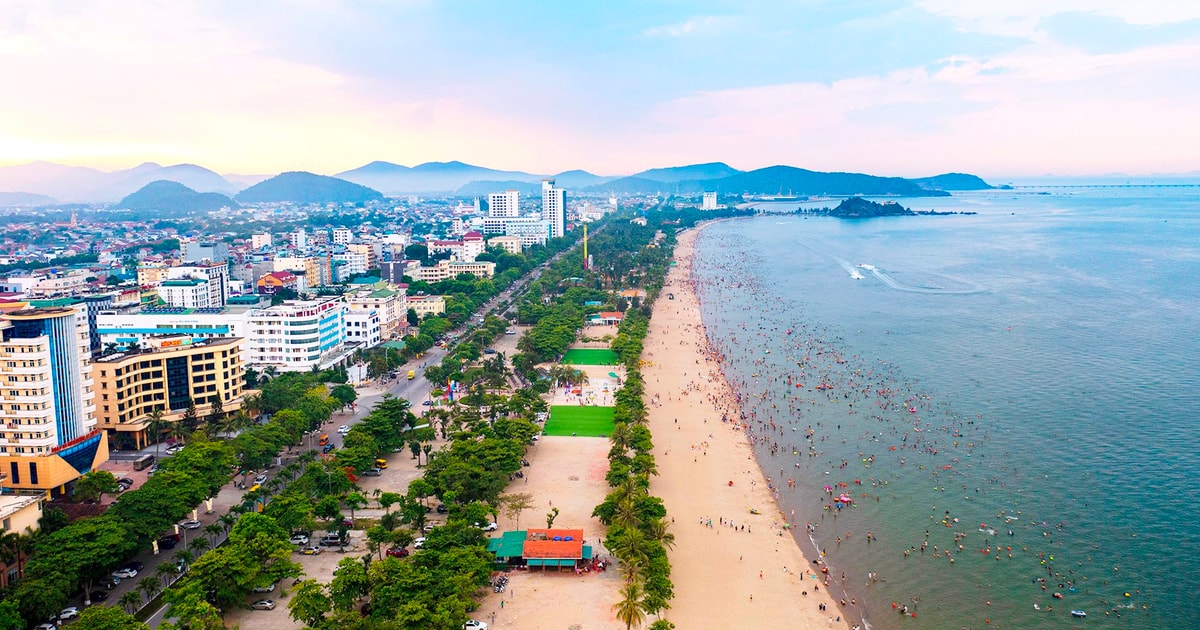

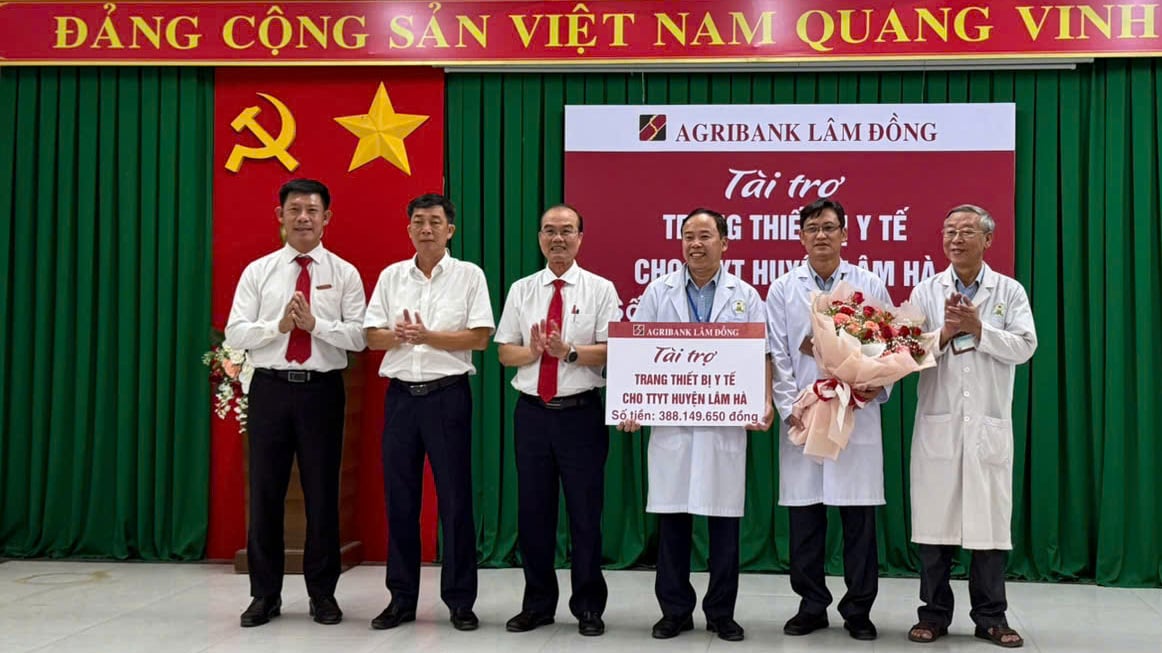




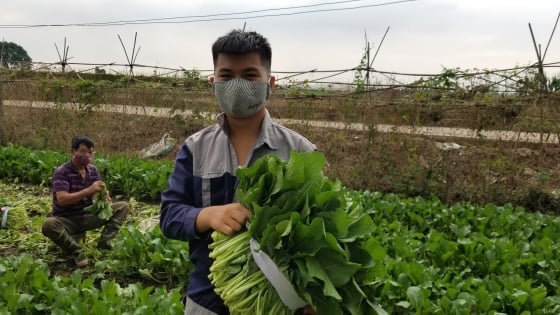
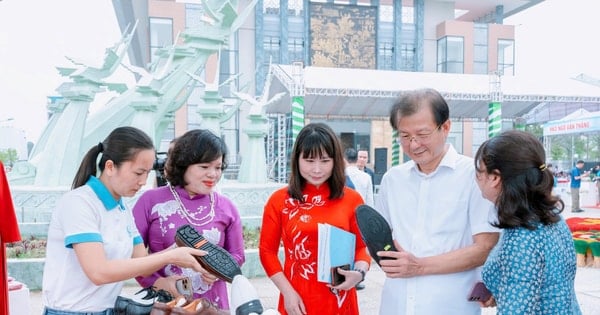




Comment (0)